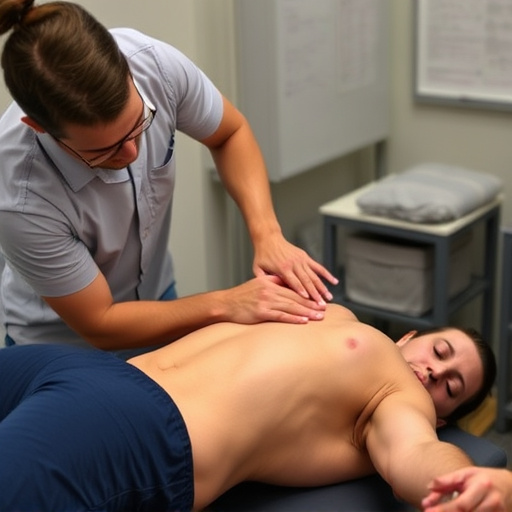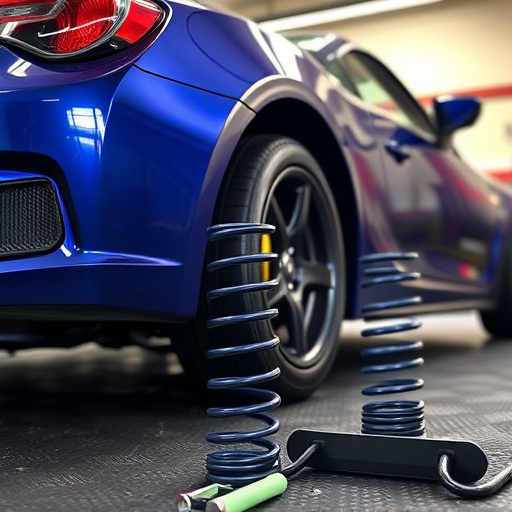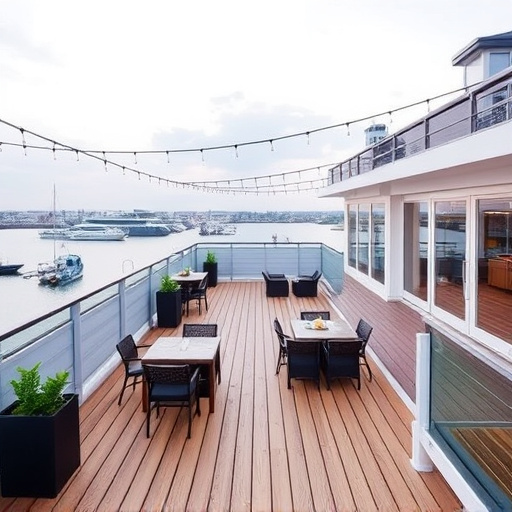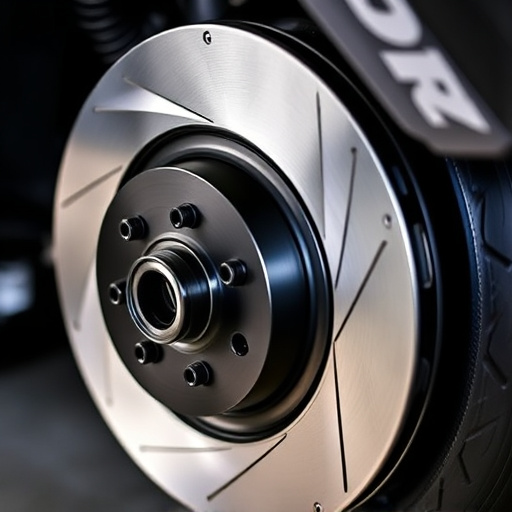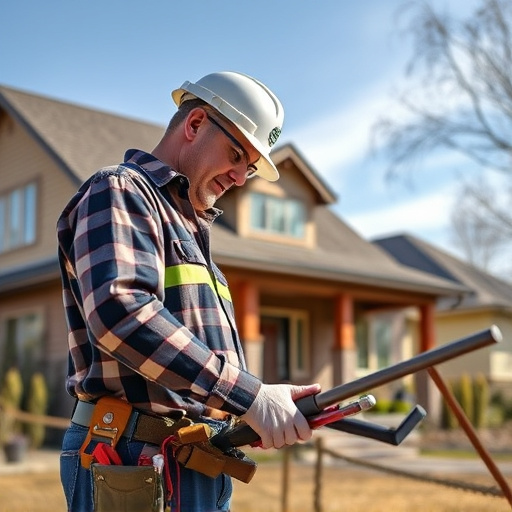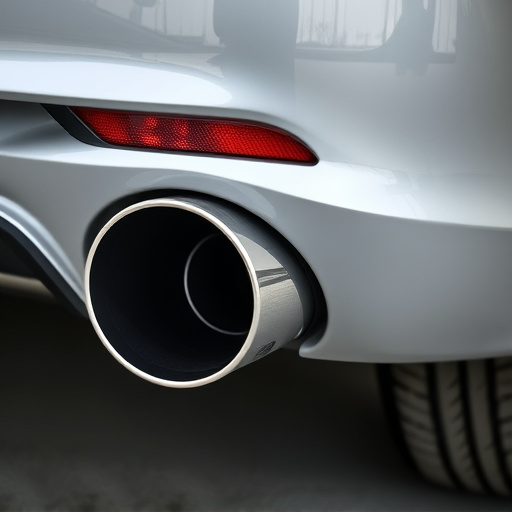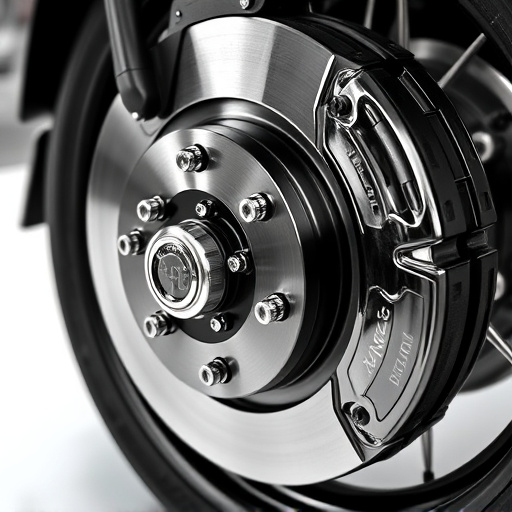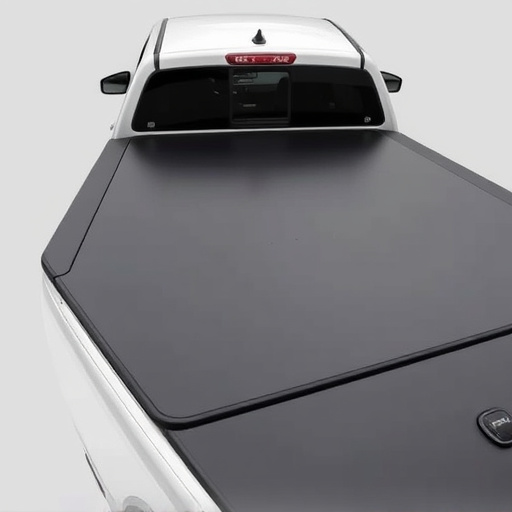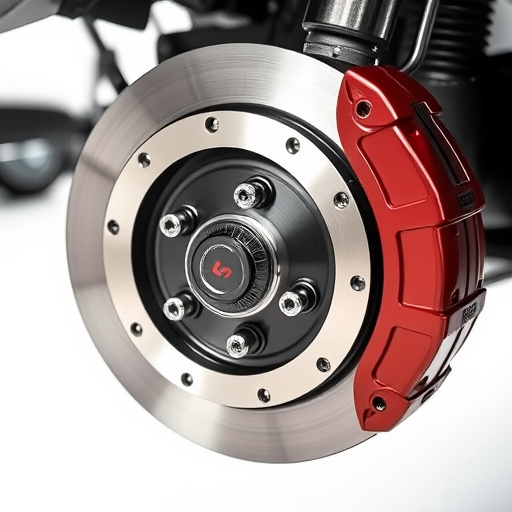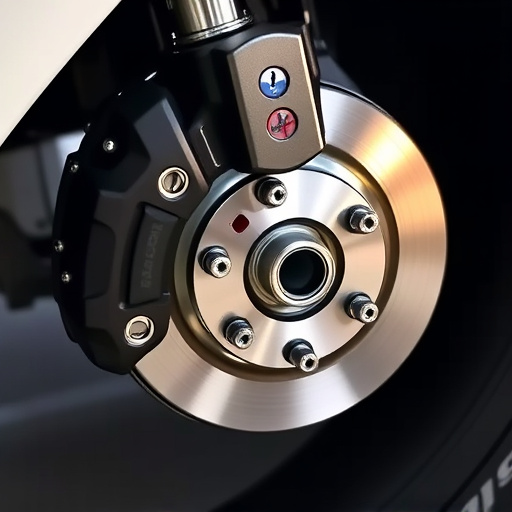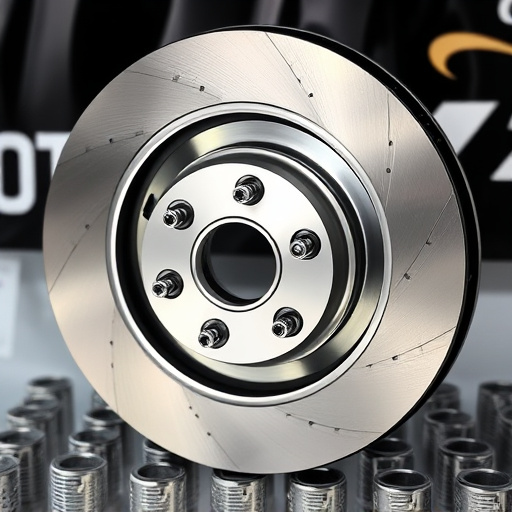Intercooler piping is a critical high-performance vehicle component, optimizing air velocity and heat transfer for enhanced engine performance. Properly sized piping ensures efficient cooling under elevated demands from modifications, allowing drivers to realize their vehicle's full potential. Sizing involves complex factors like intercooler size, vehicle type, ambient conditions, and physical layout, with engineers using adjustable settings for variable air density and turbulence. A well-balanced design is vital for peak efficiency and reliability in high-performance applications.
Intercooler piping, a vital component in high-performance engines, plays a crucial role in maintaining optimal air velocity for efficient cooling. This article delves into the intricate dynamics of intercooler piping and explores factors influencing air velocity sizing. By understanding these key elements, engine enthusiasts can optimize their piping for enhanced cooling performance, ensuring the longevity and power of their machines. Key considerations include flow rate, pressure drop, and temperature differentials, all working in harmony to create a seamless cooling system.
- Understanding Intercooler Piping Dynamics
- Factors Influencing Air Velocity Sizing
- Optimizing Piping for Efficient Cooling Performance
Understanding Intercooler Piping Dynamics
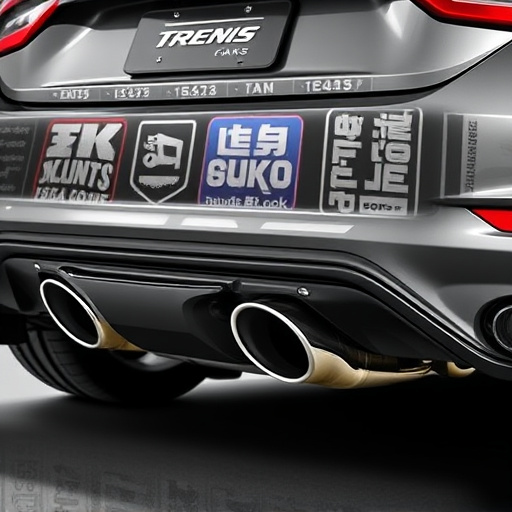
The intercooler piping system plays a pivotal role in enhancing the overall performance of an engine, particularly in high-performance vehicles where every component contributes to improved speed and efficiency. Understanding the dynamics of intercooler piping is key to optimizing air velocity, which directly impacts power output. This intricate network of tubes facilitates the efficient transfer of heat from the compressed air, ensuring that it reaches the engine with the ideal temperature for maximum combustion.
Proper sizing of intercooler piping is crucial in managing air flow rates. Engaged drivers often modify their vehicles with performance brakes, muffler tips, and suspension kits, each demanding enhanced cooling capabilities. By accurately calculating and designing the piping layout, engineers can maintain optimal air velocity, resulting in smoother power delivery and overall vehicle performance. This attention to detail in intercooler piping design is a game-changer, enabling drivers to unlock their vehicles’ true potential on both the track and road.
Factors Influencing Air Velocity Sizing
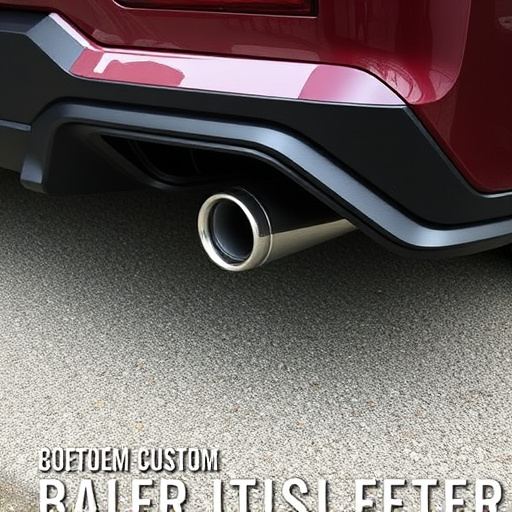
The sizing of intercooler piping is a meticulous process that considers several factors to ensure optimal air velocity and overall system performance. One key factor is the size of the intercooler itself, as larger intercoolers require wider pipes to accommodate the increased airflow needed for efficient cooling. The type of vehicle or application also plays a significant role; high-performance sports cars or off-road vehicles with powerful engines demand more precise air velocity control compared to regular passenger vehicles.
Furthermore, ambient conditions such as temperature and humidity impact air density, which in turn affects airflow. To compensate for these variables, engineers often incorporate adjustable settings or modular piping systems that allow for fine-tuning. Additionally, the placement of the intercooler within the engine bay’s layout is crucial; routing pipes through constricted areas can create turbulence, negatively impacting velocity. Thus, a balanced design that considers all these factors is essential for achieving the best results with intercooler piping, complementing high-performance components like advanced air filter kits and even more powerful brake pads.
Optimizing Piping for Efficient Cooling Performance
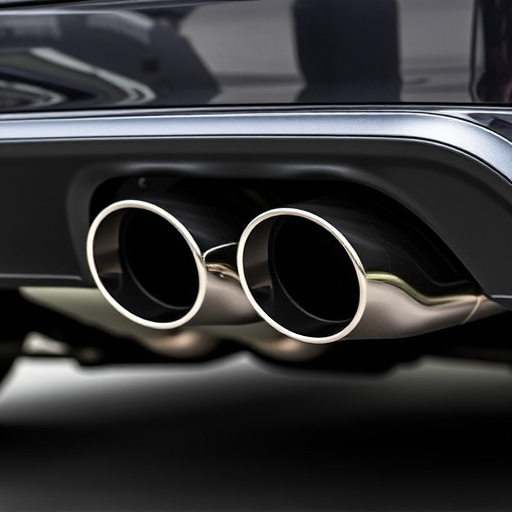
Optimizing intercooler piping for efficient cooling performance is a critical step in enhancing engine power and reliability. The right pipe size ensures that cool air flows swiftly through the intercooler, facilitating an effective heat exchange process. This, in turn, reduces the temperature of the compressed air entering the engine, resulting in increased power output and improved fuel efficiency.
Proper piping design includes considering factors like pressure drop, flow rate, and the overall length of the system. A well-optimized cat back exhaust setup, featuring strategic muffler tips and efficiently designed pipes, can contribute to maintaining optimal air velocity within the intercooler. This ensures that the cooling process remains swift and effective, mirroring the performance potential of high-grade brake rotors in a vehicle’s braking system.
Proper intercooler piping sizing is crucial for achieving optimal air velocity and enhancing cooling performance. By understanding the dynamics of intercooler piping, considering factors like inlet conditions, pressure drops, and desired airflow, and optimizing the design with efficient configurations, you can ensure your intercooler operates at peak efficiency. This ensures not only enhanced engine performance but also energy conservation, making proper intercooler piping sizing a key consideration in any automotive or industrial application.
